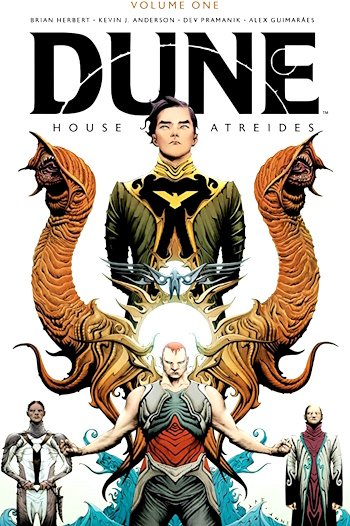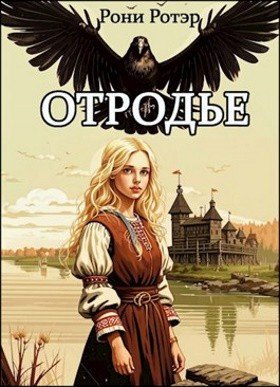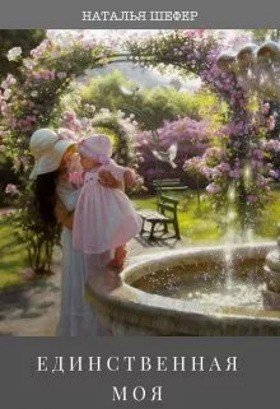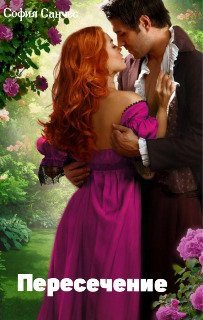107
Figure 15. Kino, by Paul Gangolf (1922). Courtesy of Bildarchiv Preußischer Kulturbesitz, Berlin (Germany).
movement of ironic inversion, has become the witness and interpreter of the city’s Kafkaesque hustle and bustle; it exposes modern urbanity as a savage spectacle of cowboys and Indians. In contrast to Hubbuch, Gangolf shows a city that is still ensnared in the mythic patterns of the western.
Cinematic projection and urban traffic here endlessly reproduce the mythic past. Whereas for Hubbuch the western owed its very existence to modern technologies, Gangolf contends that westerns tell the inner truth about metropolitan life. Westerns, he suggests, reveal to urban audiences the mythic captivation of their putative modernity.
04-C2205 8/17/02 3:38 PM Page 108
108
/
Hollywood in Berlin, 1933 –1939
Hubbuch’s and Gangolf’s drawings indicate the extent to which Weimar imagery of the Far West constituted a site of competing political and aesthetic agendas, a psychic extension of what was perceived as the uncanny nature of modern Germany. Seen as a genuinely cinematic enterprise,19 the West on the one hand revealed the hidden truth about the present. It allegorized the many ways that modernity replayed the immediate past as movie, myth, and commodity. On the other hand, however, western images also transcended the given moment in order to elicit charismatic hopes and for-mulate utopian desires. Westerns propagated forms of nonregulated agency clearly at variance with the contemporary rationalization of social space and the acceleration of traditional lifeworlds. For many German western aficio-nados of the 1920s Weimar modernity thus emerged both as a precarious perpetuation and a liberating reinvention of a more primitive past, a tradi-tionalist as much as an anarchic rodeo of asphalt cowboys and city Indians.
At the end of the Weimar period the painter Rudolf Schlichter described this ambiguous rediscovery of the western during the 1920s: “For me, Wagner’s world fused with American jungle poetry into a peculiar myth of legendary adventures.”20 Westerns of the Weimar era, according to Schlichter, transported half-forgotten dreams to the present, not simply to offer imaginary escape but to launch utopian residues against the order of the day.
Similar to the genre of the mountain film, popular around 1930,21 westerns mediated natural shapes and melodramatic story lines, sublime wonders and human conquests. They explored primal nature with modern technologies and thereby allowed the audience either to create powerful myths of modernity or contest the mythic attractions of modern culture. As I will show in a moment, Nazi westerns aspired to contain these ambivalences of Weimar’s desire for the West. They blocked out any dialectical understanding of myth and modernity and thereby obliterated the conditions for critical references to and subversive uses of mythic or utopian elements.
Unlike Weimar artists such as Hubbuch, Gangolf, or Schlichter, Nazi westerns chose to deify modern technologies of representation via the image of the cowboy rather than to examine the Far West as an uncanny effect of cinematic technologies. Nazi westerns were deeply implicated in the reactionary modernism of fascism. The image of the cowboy posited Nazi modernity as a realm of legendary adventures and Wagnerian authenticity. It suspended political modernity—the ideals of emancipation, equality, and justice—with the help of peculiarly modern technologies of domination and distraction.
•
•
•
04-C2205 8/17/02 3:38 PM Page 109
Siegfried Rides Again
/
109
b u l l e t s a n d wo r d s
André Bazin described the western as “the American film par excellence.”22
Classical Hollywood westerns dramatized the breakthrough of modern civilization. They depicted the western frontier as the mythic origin of modern American identity. Located at the interface between burgeoning civilization and anarchic nature, classical westerns staged violent encounters among different attitudes toward morality and legality, individualism and community. If the good hero killed, if he turned savage, he did so only to redeem the power of the law and ensure the final victory of civilization.
Meditations on violence and justice, classical westerns relied on relatively coherent conventions and iconographic trademarks. Their centerpiece was the six-gun and the climactic shoot-out on Main Street. Guns feature prominently in the classical duel situation, which unfolds in a highly conventionalized public aesthetic defined by face-to-face combat, undistorted ocular exchange, and the absence of speech. Bullets take over where words fail to uphold the standards of good living, justice, or communal integrity.
The public duel enacts discourse with other means. It offers an ideal speech situation in which the rigor of guns replaces the feeble force of language.
Colts may be succeeded by the power of words, yet words often need dueling colts to gain their power in the first place. Westerns, by celebrating the manly shoot-out, annul women’s invasion of the public domain in late-nineteenth-century America. They envision the public sphere as a “woman-less milieu, a set of rituals featuring physical combat and physical endurance, and a social setting that branded most features of civilized existence as feminine and corrupt, banishing them in favor of the three main targets of women’s reform: whiskey, gambling, and prostitution.”23 In the hand of the duelist, the six-gun redeems the community from the threats of feminization or institutional disintegration—a community that hides behind shutters to watch its redeemer on the public square, just like the cinematic audience hides in the auditorium to watch its stars onscreen.
Following the opening of Luis Trenker’s The Emperor of California in New York in 1937, the reviewer for the New York Times applauded the film’s impressive production values, but he did not fail to suggest that Trenker’s attempt at copying the American genre par excellence involved a
“few historical slips and anachronisms.”24 For the American reviewer one of Trenker’s generic faux pas must have been that The Emperor of California completely eluded the aesthetics of gunfights. Guns in Nazi westerns do not attain the importance they have in the classical Hollywood model.
Their presence is random, their use explicitly censored or accompanied by

04-C2205 8/17/02 3:38 PM Page 110
110
/
Hollywood in Berlin, 1933 –1939
Figure 16. Men with guns: Carica-
ture of Hans Albers in Herbert
Selpin’s Sergeant Berry ( Film-
Kurier, October 1938).
awkward gestures of panic or embarrassment—a narrative context alto-gether devoid of the classical duel’s resolve, control, and firm masculinity.
In the hands of German western heroes like Trenker or Hans Albers guns appear like uncanny objects; they induce klutzy gestures instead of subdued performances. Albers, in Selpin’s Sergeant Berry, may utilize his two guns, his “mighty Ottos,” for a never-ending series of shootings, but as the initial German reviewers were eager to point out, the film’s primary aim was to satirize the “nonsense of all-too heroic Wild West films” and thus to mock the stern metaphysics of the Hollywood six-gun (fig. 16).25
Guns in German westerns of the 1930s fail to distill dramatic action down to a climactic scene of confrontation. If shown at all, the gunfights of Nazi westerns take place in enclosed and distinctly private locations; they forgo the ritualized execution of violence in the classical duel situation. Be-
























